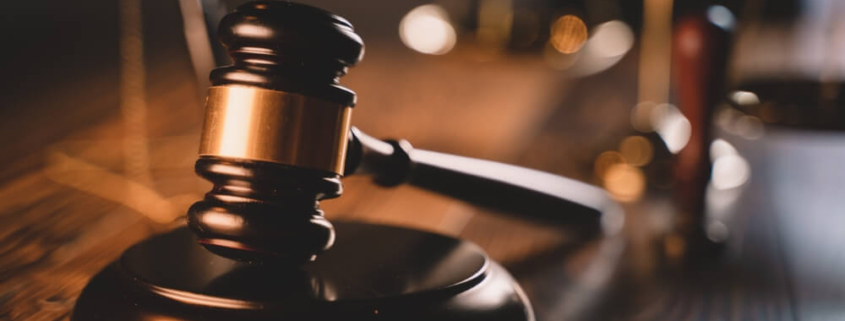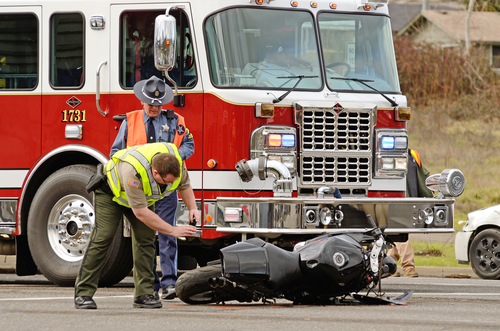How to Prove Negligence in a Personal Injury Case
If you’ve never pursued a personal injury claim before, the concepts may be confusing. What role does negligence play in a claim and why is it so important that you prove another party’s negligence? What are measurable damages and why should you have documentation of everything after an incident? Learn more about proving negligence, how negligence can serve as a cornerstone of your case, and how an attorney can help. For more personalized advice regarding your claim, call Peake & Fowler at 803-998-2412 to set up a consultation.
Understanding How Negligence is Defined in Personal Injury Law
Negligence is an important concept in personal injury law. It refers to a person or entity’s failure to exercise reasonable caution and that failure leading to another entity’s loss or injury. It’s where some personal injury claims fall apart, which is why you should understand it before getting too invested in your claim.
People often believe that if something has caused them injury, there must be someone who caused it and owes them compensation. However, that isn’t the case—unfortunately, sometimes bad things happen, and no one is to blame. For someone to be liable for compensation, you must be able to prove that they were negligent.
The first element of negligence is a duty of care. This refers to a person’s obligation to take reasonable steps to avoid causing harm to someone else. You have a duty of care as a dog owner to ensure that your dog does not get out and bite someone. You have a duty of care as a driver to avoid driving in a way that puts others at unnecessary risk. There are examples of an individual’s duty of care in every type of personal injury case.
Proving the Other Party’s Breach of Duty
The next component of negligence is a party’s breach of duty. They must have failed to uphold their duty of care in one way or another. How does the court decide whether or not someone breached their duty? They ask what a reasonable person would have done in the same circumstances.
For example, consider a car crash caused by a texting driver. What would a reasonable person do in that driver’s situation? They would not text and drive, choosing instead to focus on the road. In this situation, the driver distracted by their phone breached their duty of care.
In the dog bite example given earlier, an owner may breach their duty of care by allowing their dog to run out into the unfenced yard without leashing them. A breach of duty does not always have to be intentional, however. If an owner allowed their dog into a fenced yard, but the fence was weak and easy for the dog to dig through, they may still be negligent.
To prove a breach of duty, you want to gather as much evidence as possible. This includes photos and video footage of where the incident happened—even better if you have footage of the incident itself. You can also get statements from eyewitnesses and look for surveillance footage from nearby homes and businesses.
Linking the Breach to Your Losses
The other party’s breach of their duty must be connected to your injuries or losses. Seeking prompt medical care after an injury is perhaps the most important part of demonstrating a causal link between the other party’s actions and your injuries.
Proving Your Damages and Losses
For you to receive compensation and prove another party’s negligence, you must have measurable damages and losses. This goes beyond mere inconvenience—you have to show that you suffered physical or financial losses. Medical bills are a key part of many injury claims, as are records of your lost hours at work. You can also document your pain and suffering as you heal. If you suffered property damage, document estimates for the repair or replacement of your property.
Reach Out to Peake & Fowler to Start Your Claim
The earlier you contact our team after a personal injury, the more time we have to start building your case. To schedule your free consultation right away, call us at 803-998-2412 or reach out to us online.






